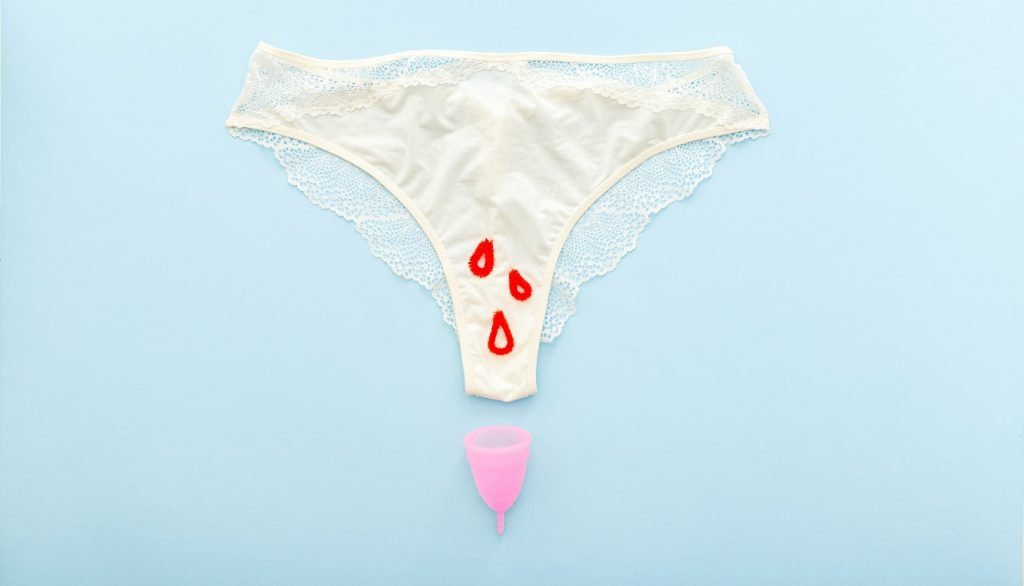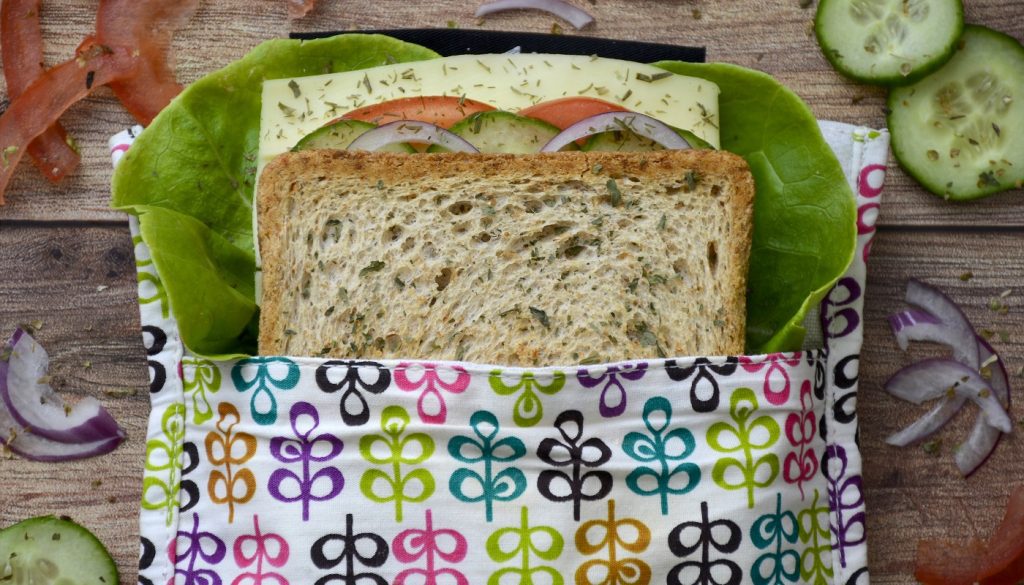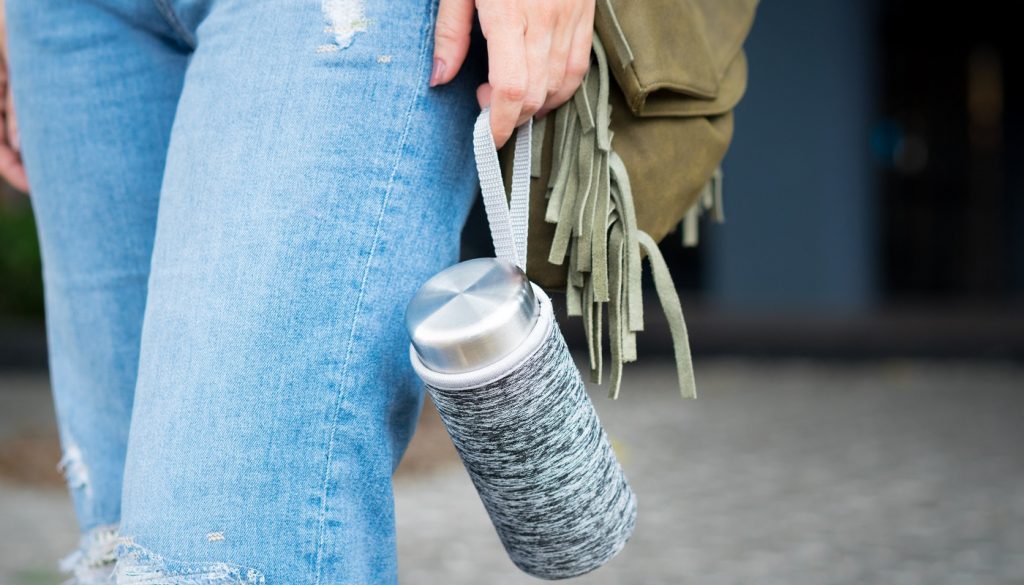Pobody’s nerfect when it comes to living sustainably. It seems like everywhere you turn there’s yet another article bashing the thing you love because it hurts the planet. It’s important to remember that even small changes can make a big difference.
As you begin your eco living journey, remember that you’ll make mistakes and that’s okay. You have a lot of forces working against you in trying to live sustainably. To quote Shelbizleee, one of my favorite sustainability YouTubers, “You cannot do all the good the world needs, but the world needs all the good that you can do.”
Different approaches to eco living
So what do these terms actually mean?
Zero waste
You might know zero waste as the trend where influencers store all of their trash from a year in a mason jar by eliminating almost all the waste they generate. Often this involves buying food in bulk and at farmer’s markets where it’s easier to avoid plastic packaging. Read more about the movement here. While this sounds good on paper, practically eliminating waste isn’t accessible to people of varying incomes and geographic locations. It’s not realistic to expect people to get on board with the restrictions of creating no waste. Read more criticisms of the movement here.
Sustainable living
This is a more holistic approach to reducing your overall ecological impact. Rather than setting a hard limit on the amount of trash you generate, sustainable living encourages you to eliminate waste where you can and make other life choices like flying less and eating less meat. Read more about the movement here.
Eco-minimalism
Eco-minimalism is a philosophy that encourages you to reject the consumerist mindset and only make purchases intentionally. Like with minimalism, you eliminate clutter or items you don’t need, but instead of throwing half of your apartment away, you take the time to see if those items can be sold, donated, or upcycled. Read more about the movement here.
How eco living positively contributes to the fight against global warming
It’s hard to stay motivated in your sustainability journey when climate change is such a monumental problem that no one person can solve. But that’s exactly why we need to get more people on board with eco living!
Consumers shape the market by creating demand for different products. That means that as more people cut down on purchasing products with single-use plastic, more companies arise or adapt to meet the demand for more sustainable business practices.
Think of each purchase as a vote with your dollars. You might not be able to make the most sustainable choice every time, but every bit counts. The eco living movement has strength in numbers, but our numbers could always grow more!
The problems with the eco living movement
Individual action isn’t everything. The reality is that we need to see systemic change if we’re going to beat climate change. Just a handful of corporations generate the majority of the world’s greenhouse gas emissions, and farcical promises to cut carbon emissions aren’t enough.
It shouldn’t be up to consumers to solve this problem. Finding zero waste alternatives to everyday products can be expensive and time-consuming, and not everyone has the luxury to do so. But the more people we get on board with taking action against climate change, the more corporations will listen when we push for decisive action.
The newbie’s eco living toolkit
Here’s a crash course in some lifestyle changes you can make to live more sustainably.
10 eco swaps to cut back on your plastic waste
There’s one thing to keep in mind as you’re switching to sustainable product alternatives: wait until you run out of what you have. I know I’ve fallen into the trap of wanting to instantly buy a new deodorant or toothpaste after hearing a positive review, but the most sustainable choice is what’s already in your pantry.
Many of these links come from EarthHero, an online retailer with rigorous requirements for the sustainability of the companies and products they offer. All orders come in plastic-free packaging and emissions from shipping are offset.
The following links are not affiliated, and we are not compensated for including them.
- Shampoo and Conditioner bars - Did you know that most haircare plastic containers are very difficult to recycle? Many of them can’t be collected in curbside single-stream recycling because of the color of the plastic (and soapy residue). HiBar makes shampoo and conditioner bars for every hair type, and all their packaging is recyclable.
- Zero Waste Skincare - Whether you need lotion, sunscreen, or an at-home spa day, you can find low plastic alternatives for all your skincare needs. Check out the selection on EarthHero.
- Zero Waste Deodorant - Plastic containers from deodorant are yet another item that are difficult to recycle in single-stream recycling. EarthHero has many natural deodorant options, or you can try a refillable program with Dove or Secret if you’re not ready to give up the antiperspirant effects of aluminum.
- Zero Waste Toothpaste - Check out our guide to zero waste toothpaste, or try my personal favorite, Unpaste tooth tablets.
- Lower-waste Floss - Remove one more single-use plastic item with floss packaged in paperboard or glass. You might also consider switching to a vegan or compostable option. Just remember to use up the sample floss you already have lying around from the dentist. Here’s a great low-waste floss to try.
- Recycled Plastic Garbage Bags - One of the biggest challenges in recycling is finding a use for the recycled material. Plastic degrades during the recycling process,
- Dish soap bars - Just like with shampoo and conditioner, liquid dish soap is less efficient to transport than solid soap. I actually prefer my solid dish soap after switching, because you can lather soap onto your scrubber without needing to pick up a container to dispense it.
- Compostable Dish Scrubbers - If you’re like me and you don’t have a dishwasher, your scrub brush might get gunky fast. This one from Zefiro has a replaceable head, so it’s even less waste when it’s time for a new one.
- Stasher Bags - If you have kids or just like to have snacks on the go, you might find yourself using a lot of disposable sandwich bags. Stasher makes sturdy silicone reusable snack bags that are safe for the dishwasher, microwave, and freezer.
- Travel Thermos - One of the things that hit me hardest during the pandemic was when coffee shops stopped accepting personal travel mugs for safety reasons. If you drink coffee on the go, using a reusable mug can cut down on a lot of your plastic waste. You just have to get into the habit of bringing it with you!
Eco living swaps that don’t live up to the hype
There are some items you might see from eco living influencers that aren’t necessarily must-haves for a more sustainable lifestyle. The key is to be mindful of what you buy.
- Stainless steel or glass food storage - Chances are, you already have plenty of plastic leftover containers to store your food. As long as those still work, there’s no reason to replace them. But if you’re in the market for new food storage, glass or stainless steel are good options due to their longevity.
- Mason jars - Unless you’re really into canning, mason jars aren’t really all that special. If you have a need for glass jars, you can save the ones you buy with foods like pasta sauce and pickles.
- (More) reusable bags - If you’re anything like me, you’ve accumulated plenty of reusable bags over the years. Sure, some of them might not be pretty with brand names and other logos, but they get the job done. If you’re still getting into the habit of bringing them to the store every time, resist the urge to buy another bag. They might last a long time, but they are still made of plastic.
- Travel tableware - Don’t get me wrong, you should stop using single-use plastic tableware when you can. But why do you need a special set for that? Just bring a fork and knife from home.
- Reusable straws - Plastic straws had a big moment in the news a few months ago when some localities started banning them. It seemed like everyone was clamoring to buy a reusable straw. A reusable straw only cuts down on your plastic waste if you actually use it, so purchase one with discretion.
- Eco subscription boxes - A blind subscription box is completely counter to mindful consumption. Even if it’s full of plastic-free products, a monthly box of random items you may or may not need isn’t the way to go. If the subscription advertises products that you want or need, buy them individually.
Other lifestyle adjustments
A lot of individual un/sustainability comes down to convenience. It takes effort and intention to remember to bring your reusable grocery bags and coffee cup with you.
- Eat less meat - Adjusting to a vegetarian or vegan diet isn’t something you can do overnight. But it’s no secret that factory farming is hard on the environment- think of all the resources that go into raising, feeding, slaughtering, and transporting meat as compared to vegetables. Even skipping meat for one meal a week can make a big difference.
- Fly less often - Airplanes burn fossil fuels, and a lot of them. They contribute to about 2.5% of global greenhouse gas emissions, and that is projected to grow another 3-4% each year. Even taking one less flight a year could dwarf your personal carbon footprint.
- Carpool/use public transportation - This is probably one you’ve heard before, and that’s because it’s true. Carpooling to work or using public transportation if it’s available is one way to cut down on your emissions. If you manage to live completely car-free, you’d cut down on emissions by 2.4 tons of CO2 each year.
- Compost your organic waste - Did you know organic waste emits greenhouse gasses when it’s sent to the landfill? Not only does composting limit what we send to the dump, but it also gives an opportunity to create useful fertilizer for farmers. If you live in a city, find somewhere to send your collected organic waste here.
Other actions to take (besides how you live)
Vote
Voting is one of the most important things you can do to push for structural change. That means voting in your yearly local elections in addition to congressional and presidential elections!
Find out when your state and local elections are happening here.
Contact your representatives
Even if your representatives didn’t get your vote, they still represent your interests. Contact your congressperson and your senator, even your state legislators and governor about your environmental concerns.
Find out who your representatives are here, and check out a sample email here.
Donate to vetted organizations
If you have the cash to spare, donating to organizations that are doing the hard work of fighting climate change can make a big impact. Here’s a list of reputable organizations.
Use Ecosia
Ecosia is a search engine that uses advertisement revenue to plant trees across the globe. It’s completely free and easy to use! Read more about it here.
To be honest, eco living isn’t easy. It requires a complete upheaval from the way that most of us in the US have been raised. If we all start making incremental eco living changes, then we can all thank each other for it.





